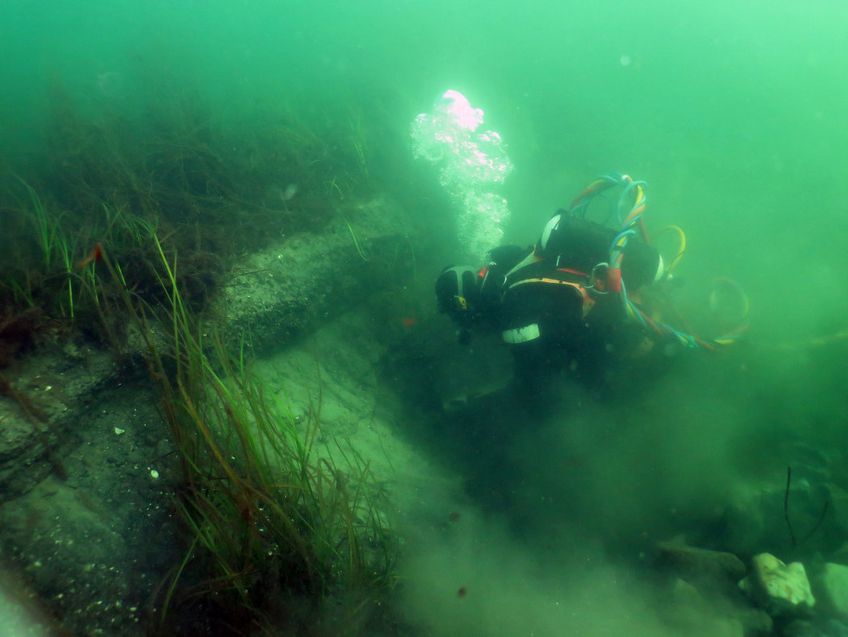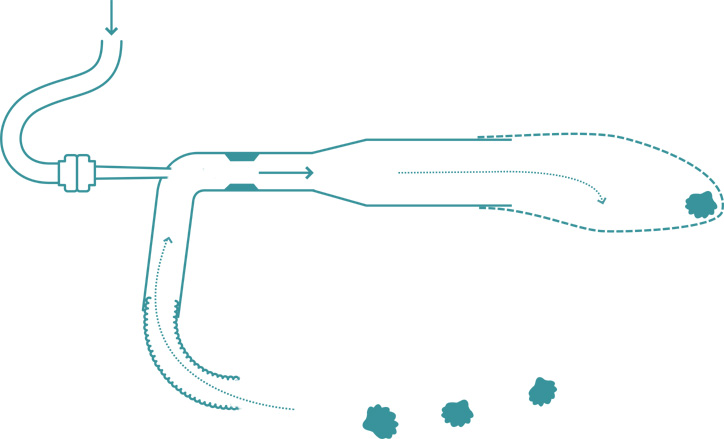Underwater Archaeology
There are two crucial differences between archaeological digs on the seabed and those on dry land. First, you cannot remove earth using trowels and shovels. You have to use the option of dissolving the soil in the water and sucking it away with a kind of "vacuum cleaner" driven by water or air pressure. The second difference is that measuring and drawing are much more difficult. You cannot always use a measuring tape, because it gets easily caught by the current and bends, and there is no guarantee that you can see from one end of the tape to the other. On the other hand, the conditions for preservation are much better underwater than on dry land. Artefacts of organic material, such as wood, bone and the like, survive much better in the wet and anoxic conditions of the seabed.
Any excavation destroys a site forever and everything is therefore recorded in detail. Just like the conservation of the recovered artefacts, the analysis of all the information collected during an excavation can be a long process. That is why new finds seldom appear in museum exhibitions straight away.
There are archaeology associations, in which ordinary people can try their hand at surveying and excavation in collaboration with museums – also underwater.
Mikkel H. Thomsen

